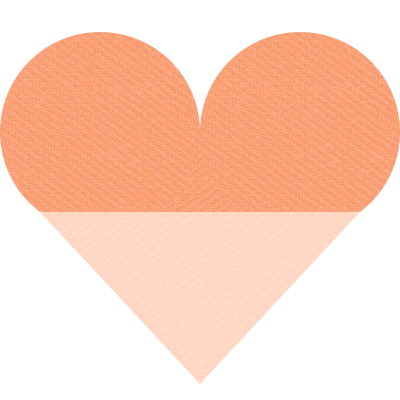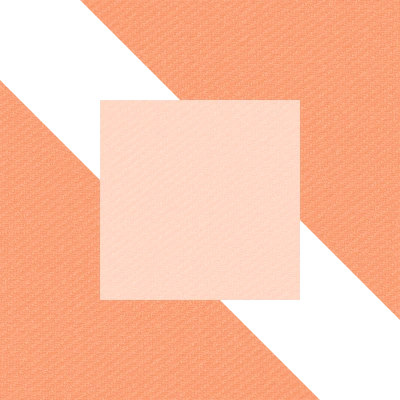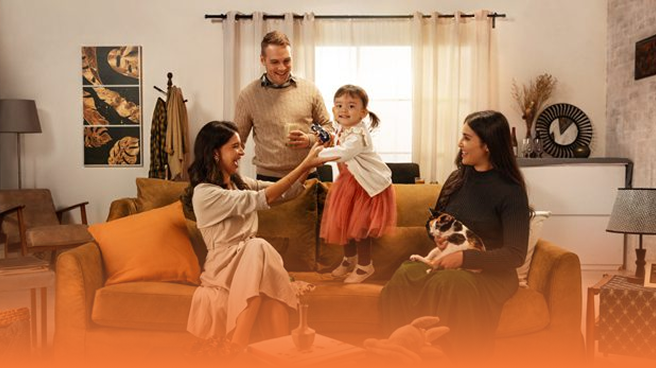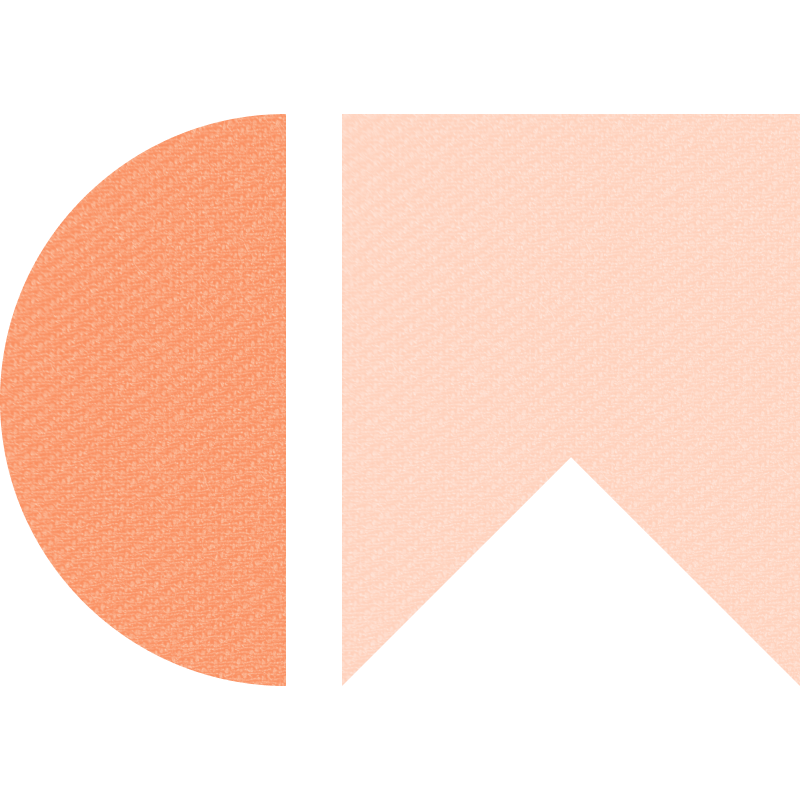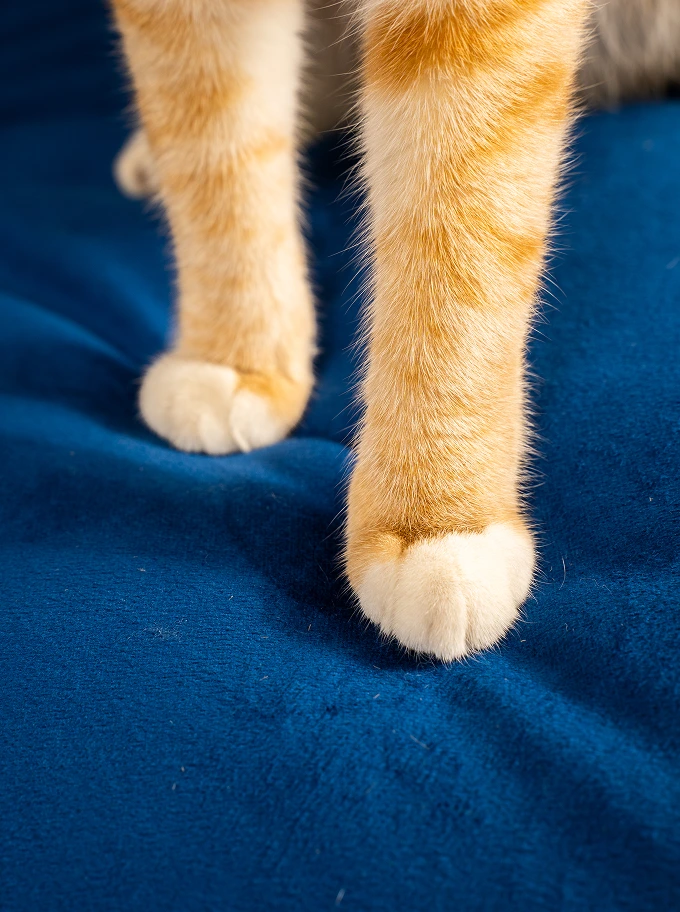
Now that we’ve opened up a whole new world of slipcover customizations with skirts, seams and piping, we have whole lot more time to explore the finer aspects of making your slipcover as special as possible. One of the simplest ways to up the ante on your slipcover style is by varying sewing styles.
Today we’re discussing two seemingly different, but similar types of decorative edgings: flanges and inverted seams.
Flanged Edges
A flanged edge (in relation to sewing) is a wide flap of fabric added to the edges of an item for decorative purposes. The overall effect is a larger cushion with a loose, fluttery look which is perfect for an informal family room or TV room.
Here’s an example of a flat cushion with a basic flange:
The flange edge is usually seen on cushion covers, not on sofa frame covers for practical reasons. It’s basically a wider strip of fabric that’s attached to the edges to give it the look of a sham. There are many ways to sew the flange, so we aren’t going to explain it step by step here, but eHow is a great resource!
We’ve seen it recently on the Ikea Holmsund sofabed, pictured below.
Ikea Holmsund back cushion cover with flange.Take it a step further with these flanged styles:
Ribbon style double flanged edges.Box cushions with double flanged edges.
Inverted Seams (or French Seams)
In our previous blogpost titled Seams, Stitches and Piping, we defined the inverted aka French seam. The inverted seam is easily identifiable by the “pinched” look of the raised seam. The overall effect is a crisp, tailored effect as the borders are very clearly defined.
As you can see (if you squint) you can see that the seam is made of 2 pieces of fabric folded in on itself, like pursed lips. The inverted seam in this case, is made by sewing 2 pieces of fabric, the wrong sides together first, then pressing the seam open and folding the fabric over so the right sides face outwards.
An up close shot of an inverted seam before the second enclosing row of stitching.The first seam will be on the inside and you’ll enclose the seam with the second row of stitching which gives the fabric some thickness, almost like a corded piping. This inverted seam is seen on many Ikea sofas, notably the Kivik, Mellby and Vilasund sofas.
The original French seam though, seems to have more practical applications as described in this blog post, so the technique will end up pretty handy! While it was initially created to contain the seam allowance for delicate, fancy fabrics and ensuring that they stay flat, it’s fascinating to see how this has been applied in upholstery to create the sharp, clean lines we love so much.
Inverted seams as seen on the Ikea Kivik
To sum things up – what’s the difference between these two styles? The major difference is that inverted seams is a technique while flange is a decorative style; and the former gives a more tailored, neat look while flanges are more relaxed and comfy in style.
If you’re interested in getting custom slipcovers, or just personalizing slipcovers for your Ikea or Pottery Barn sofa, just let us know what you have in mind. We’re all ears, so just drop a message on our Live Chat function or send us an email at info@comfortworks.com.au :)
Image credits: Ikea.

